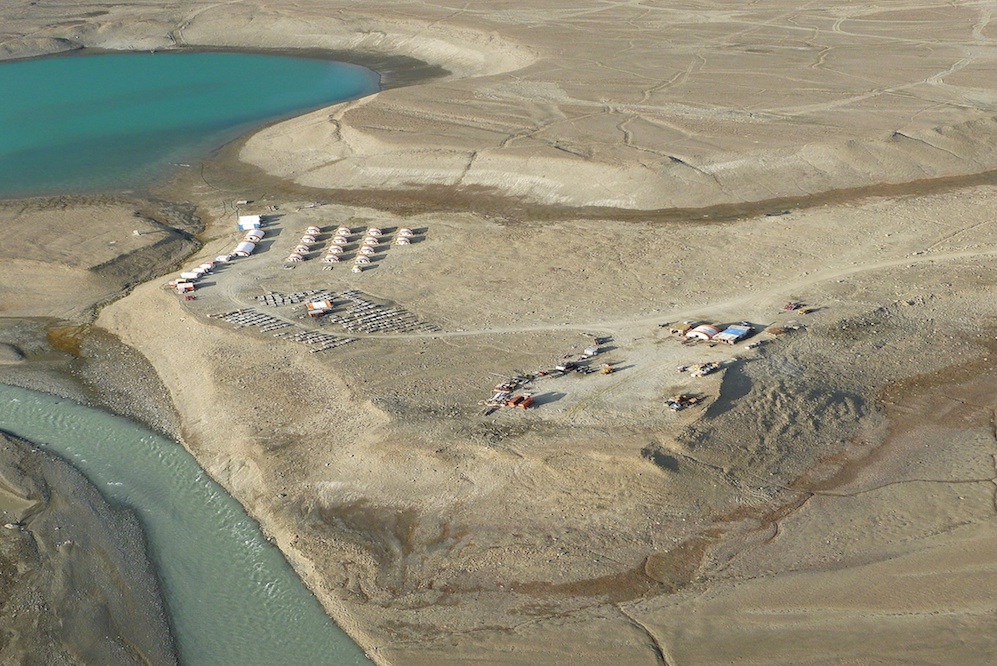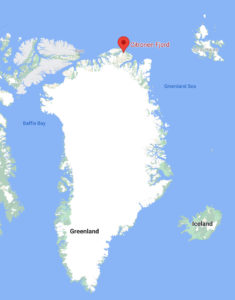A major Greenland zinc mine is bigger than first thought, owner says
The proposed Citronen mine’s accessibility issues remain unaddressed, however.

The lifespan of what could be Greenland’s largest mine is potentially 50 percent longer than previously predicted, according to its owner — though getting it up and running will cost more than expected.
The Citronen mine, which would be located on Greenland’s northeast coast, was initially projected to remain productive for 14 years. New finds made earlier this year suggest the site could remain productive for as long as 20 years, according to its Australia-based owner, Ironbark Zinc.
The update was announced in Ironbark Zinc’s most recent report on the mine’s progress. Known as a “bankable feasibility study,” such updates are made as miners prepare to move from exploration to operation and typically compile all available details about the mine for potential investors.
The study showed Citronen would be a “significant, long-term producer” of zinc, according to Michael Jardine, Ironbark Zinc’s managing director.
“The potential for further mine life extension via drilling in the targeted areas is considered highly likely,” he said.
[A US agency is ready to fund a major Greenland zinc mine]
At the same time, the cost of establishing the mine has risen to $654 million, up from the firm’s $514 million estimate in 2017.
Should financing fall into place according to Ironbark Zinc’s timeline, mining would begin in October of 2024 and the first ore shipped in the summer of 2025.
The company’s plans continue to call for the mine’s annual production of 300,000 tons of ore to be shipped aboard two ice-classed bulk carriers during a 12-week window between July and September. The ships are expected to need six weeks to make three roundtrips each, which Ironbark Zinc says will allow it to accommodate unpredictable ice conditions.

Whether this is possible remains to be proven, however. In the summer 2018, Ironbark Zinc intended to demonstrate that it was by sailing a vessel up Greenland’s eastern coast to the site where the mine would be located. Although the ship reached the mouth of the fjord system leading to the site with what was described as relative ease, it turned around before entering, likely due to concerns about sea ice.
[Shipping from northern Greenlandic mine feasible, owner says]
A second effort, originally planned for 2019, was postponed until 2020, then cancelled due to COVID-19 restrictions.
Jardine said the company recognizes that the getting to the site of the Citronen poses a challenge and has asked the Canadian firm that operated the vessel during the aborted 2018 attempt to come up with a revised shipping plan.
However, Ironbark Zinc calculates that the ice-free window is twice as long as when it was granted permission was in the past, and Jardine reckoned that the fjord system would become increasingly navigable during the mine’s lifetime.
“The trend towards more open waters during the Arctic summer is now widely cited and its impact on de-risking the shipping operation at Citronen is potentially significant,” Jardine said.